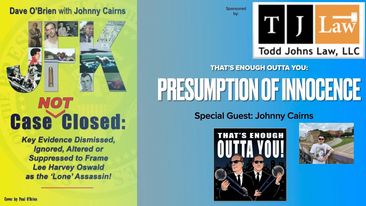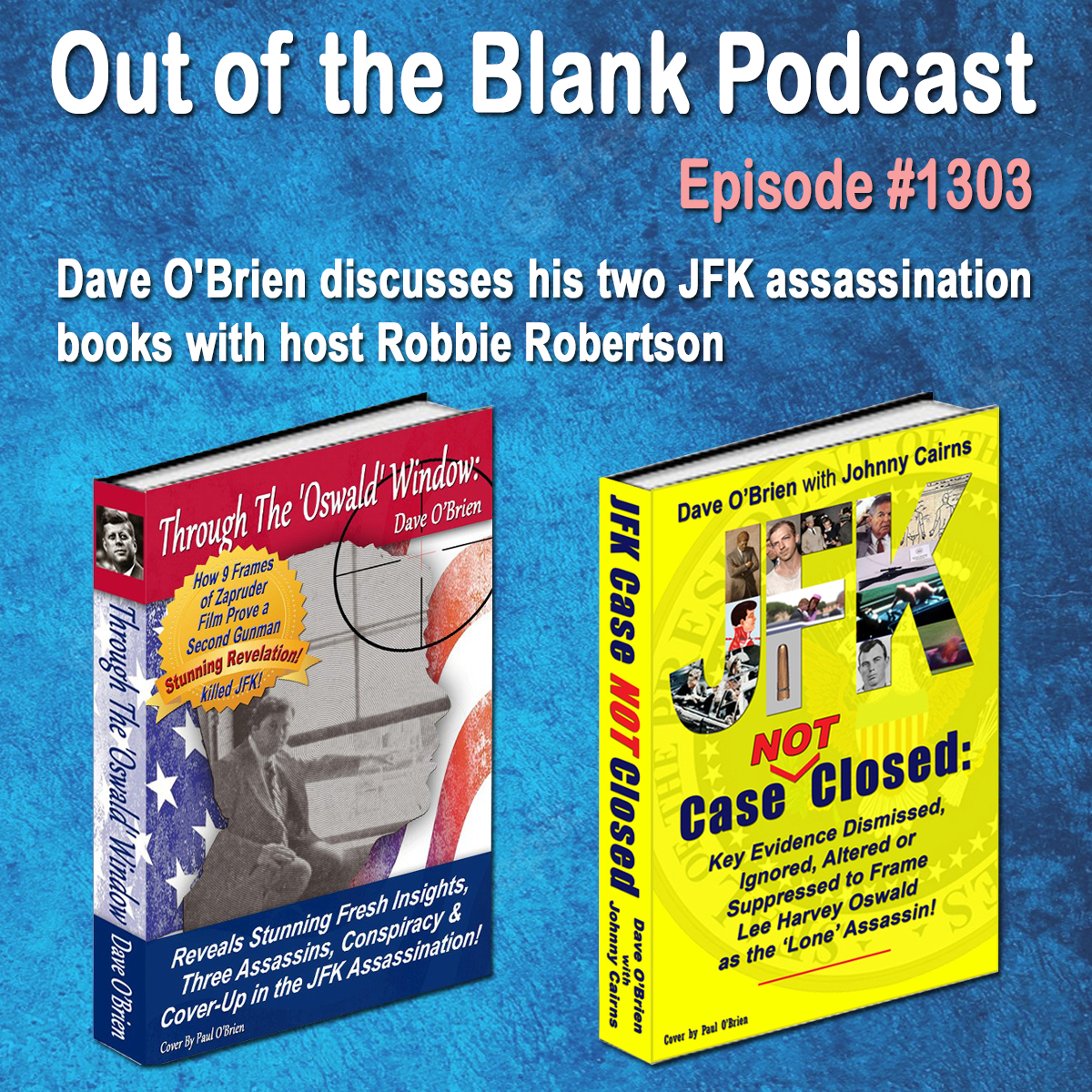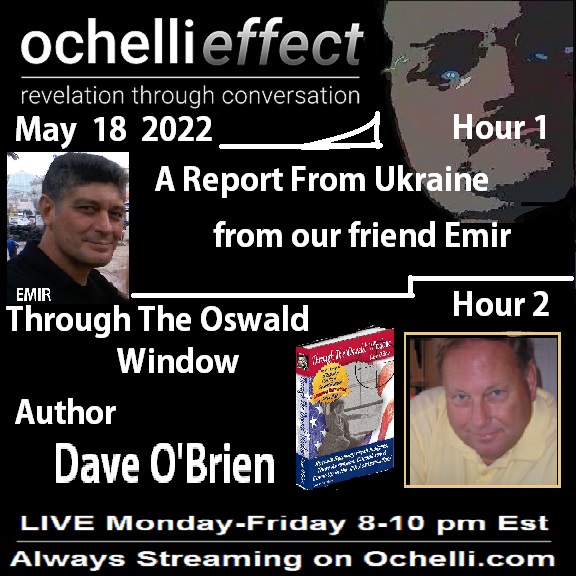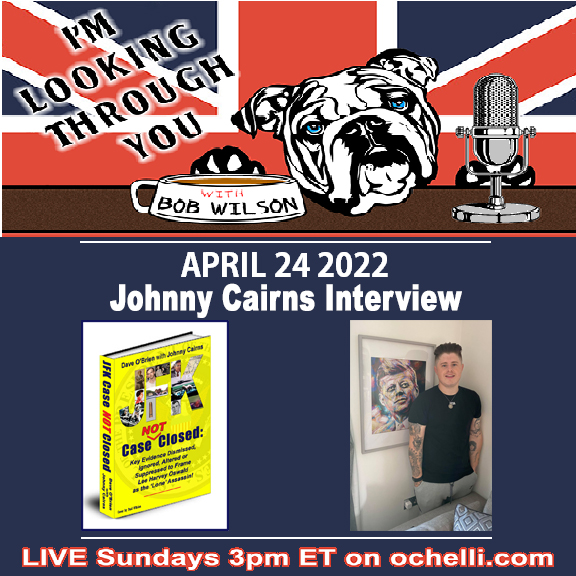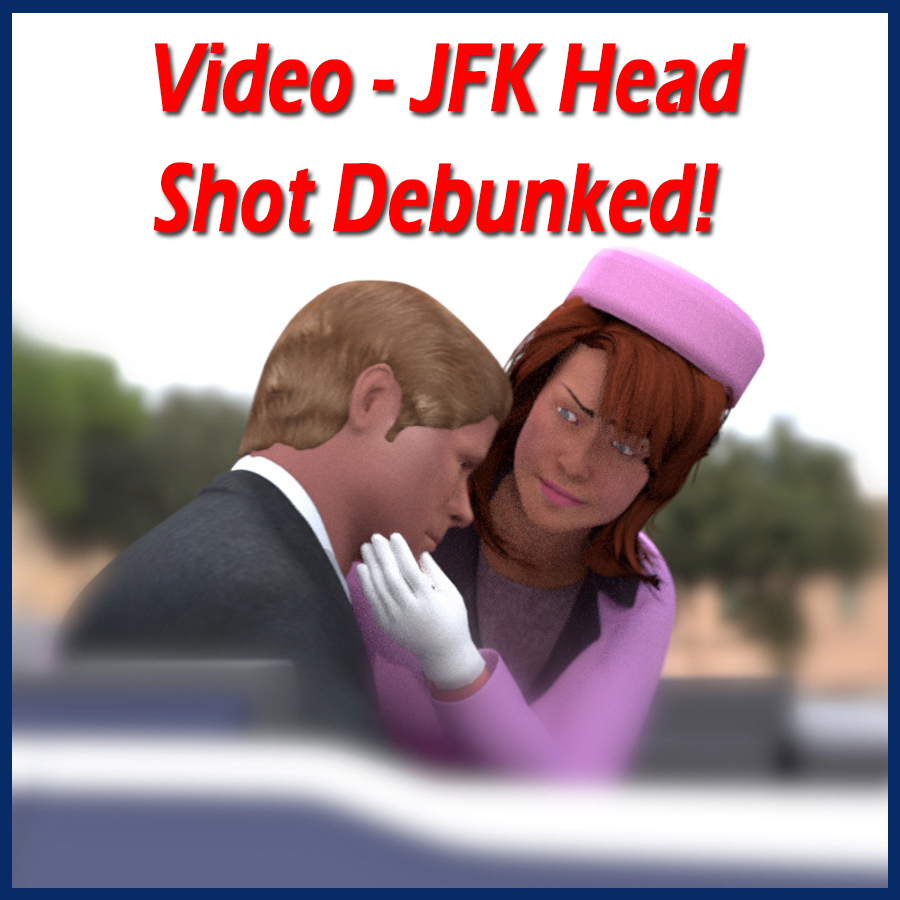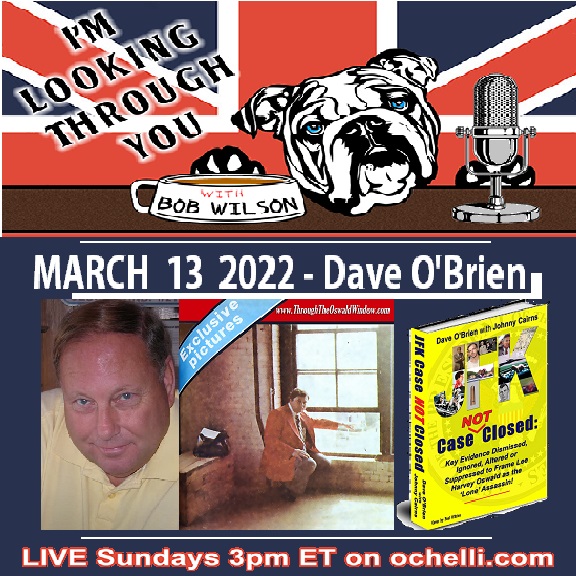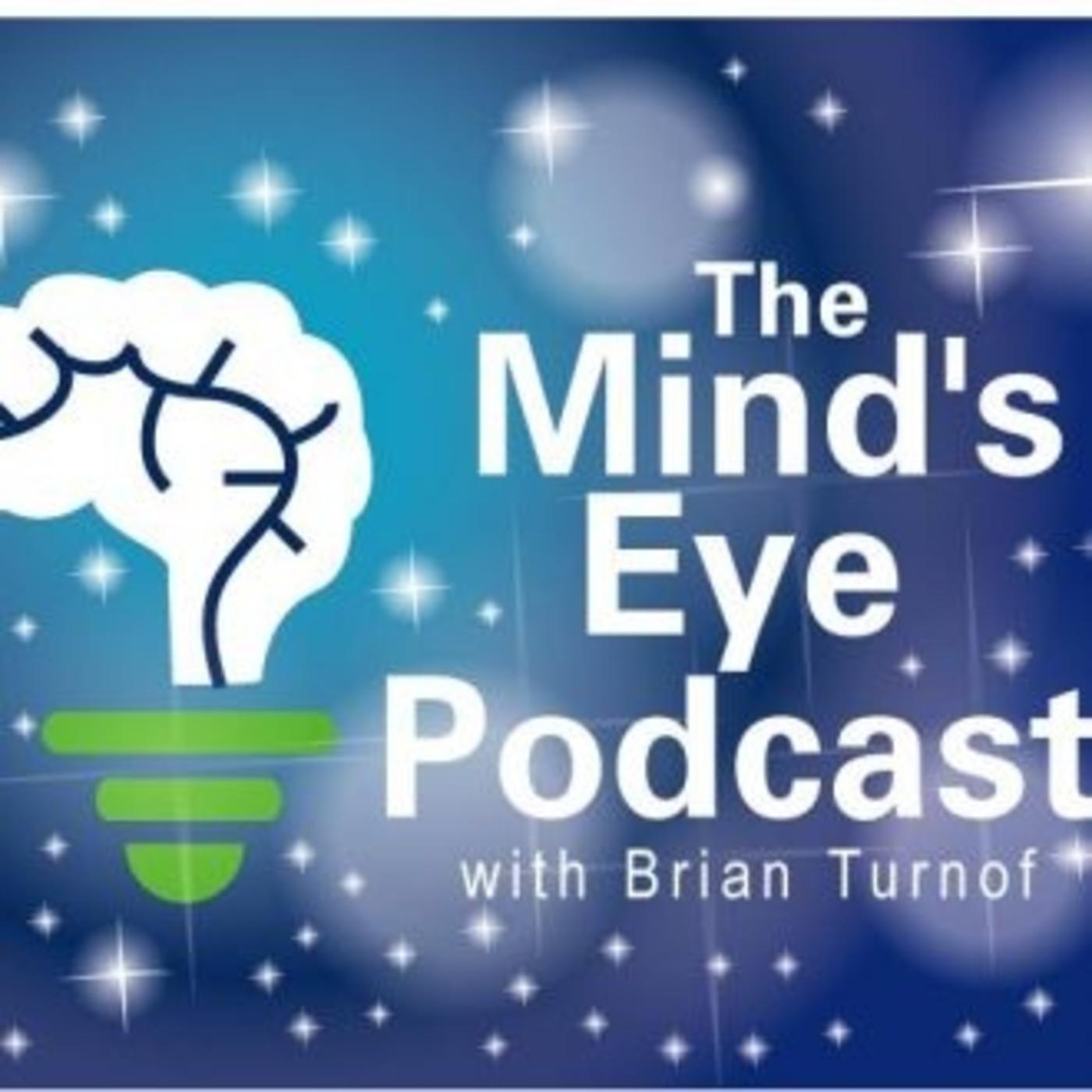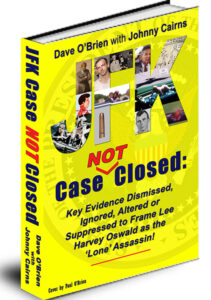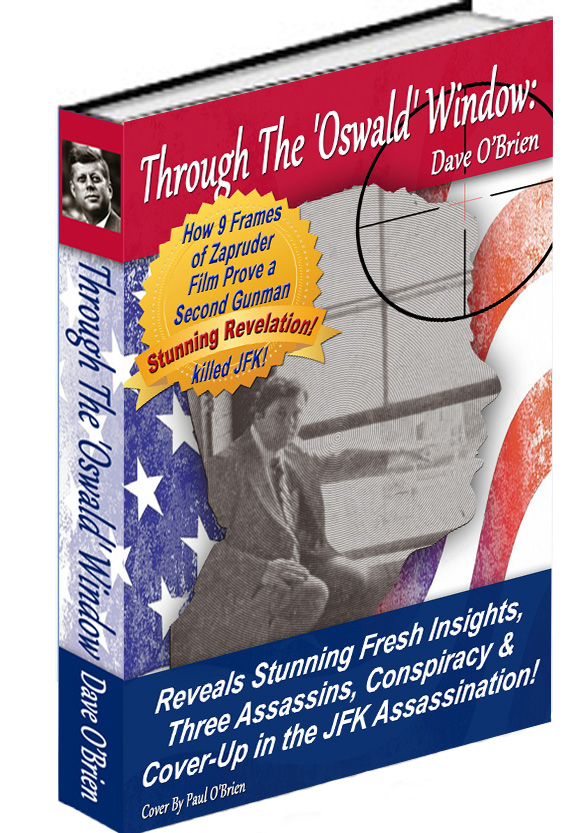by Dave O’Brien
Author of
Through The ‘Oswald’ Window
Under the American jurisprudence standard of requiring proof of guilt ‘beyond a reasonable doubt’ in a court of law to convict a person of a crime, it is history’s profound loss that accused murderer Lee Harvey Oswald did not stand trial for the assassination of JFK.
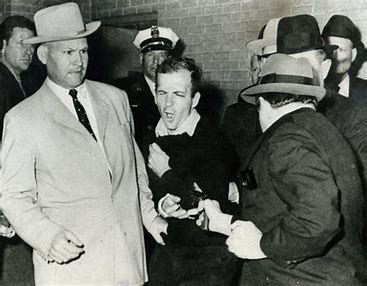
The case against Oswald as the ‘lone’ assassin of President John F. Kennedy on November 22, 1963 was almost entirely based on circumstantial evidence, which is oftentimes more than enough to convict the accused at trial.
In fairness, we can say that had Jack Ruby not shot and killed Oswald two days after the assassination or had the accused Presidential killer survived his wounds and maintained his innocence, his trial would have boiled down to:
Circumstantial Evidence Versus Reasonable Doubt
The circumstantial evidence the government would have presented at trial to prove its case against Oswald includes the following:
- Access – The Warren Commission found that Oswald was employed in the building from which the shots were fired and he had access to the 6th floor to set up an assassin’s nest and then fire the shots.
- The Weapon – Oswald bought and owned the rifle found near the sniper’s nest in the Texas School Book Depository Building.
- Evidence on the Weapon – Oswald’s palm print was found on the rifle believed to be the weapon used to shoot Kennedy.
- How it Got There – Oswald was seen carrying a large paper bag into his workplace on the morning of the assassination, which the government asserts contained the murder weapon.
- Shell Casings – Three shell casings were found on the floor at the 6th floor southeast corner window that the Commission says were fired from Oswald’s rifle found at the scene.
- Oswald Flees – According to the Commission, Oswald immediately left the building after having shot the President and he then killed Dallas police officer J.D. Tippit 46 minutes later to avoid arrest.
- Arrested Cop Killer – Minutes after the Tippit killing, Oswald was arrested in the Texas Theater with the gun apparently used to kill the patrolman.
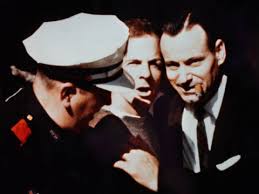
While considered strong circumstantial evidence of Oswald’s guilt, every aspect of it would have been challenged at a public trial – and for good reason.
It’s here where historical truth losses out.
With the accused eliminated before a public trial, not only could Oswald not defend himself in life as the law stipulates, he was equally denied any semblance of defense in death!
President Lyndon Johnson made sure of that when he appointed the Warren Commission to ascertain the facts pertaining to the murders of President Kennedy, officer J.D. Tippit and their accused assailant Oswald.
DEFENSE DENIED
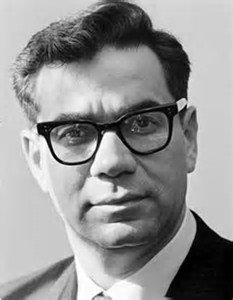
When Oswald was gunned down in police custody having vehemently denied shooting either officer Tippit or the President, his defense died with him.
The private deliberations of the Warren Commission had one key advantage over a public trial of Lee Harvey Oswald:
The accused had no legal representation before the Warren Commission hearings!
Oswald’s mother Marguerite had petitioned the Warren Commission to request that vaunted attorney Mark Lane be allowed to represent Lee’s interests before the hearings.
Her request was denied.
Consequently, the Warren Commission went about building its circumstantial case against Lee Oswald with no requirement to meet the standard of reasonable doubt as would have been the case in a public courtroom.
In fact, the investigative panel could do whatever it wished if and when exculpatory evidence in defense of Oswald came before it.
Unlike a public courtroom, accused assassin Oswald was denied his legal rights during the Warren Commission hearings, such as:
- No witnesses were cross examined.
- The seriously flawed autopsy report went unquestioned.
- The government’s ‘Single Bullet Theory,’ essential to its case against Oswald as the ‘lone’ assassin of JFK, was not challenged as it would later be by this researcher and others.
- Vital medical witnesses and evidence that suggested more than one gunman was ignored.
- Ballistics evidence that did not definitively support Oswald as an assassin was discarded or not even undertaken.
- Investigative agencies went unchecked as to the evidence they either submitted or withheld from the Warren Commission.
In other words, every lawful right that would have been extended to Lee Harvey Oswald at a public trial went to the grave with him!
75-YEAR COVER-UP!
How could the government deny Oswald all due processes of the law in death that it could not have orchestrated at a public trial?
1. Public Shut Out – All interviews, depositions and evidentiary submissions were held in secretive hearings.
2. Selective Evidence – When conflicting evidence was received at the hearings that suggested Oswald’s innocence or a conspiracy to kill Kennedy, the Commission had complete control of its usage or non-usage toward its findings.
3. Lack of Legal Standard – Unlike a public trial, the legal standard of ‘reasonable doubt’ was not a burden to the Commission.
4. ‘Lone Nut’ a Threat to National Security? – Most importantly, although an expansive report would be released to the public, many thousands of documents were deemed too sensitive to national security for public consumption.
President Johnson gave the Warren Commission a security blanket by locking these documents under Presidential seal until 2038, ensuring that none of the members would be alive when and if these files were released to the public.
Fortunately, for the sake of historical truth, the Warren Report and the rubber-stamping media of the day were not able to suppress ‘reasonable doubt’ evidence beyond the inception of the Freedom of Information Act (FOIA) in 1967.
In addition to good old fashioned gumshoe work by researchers and investigative reporters, FOIA lawsuits caused the release of documents that contradicted the findings of the Warren Commission, especially pertinent to its claim that Oswald acted as the ‘lone‘ assassin of JFK.
What follows are four examples of evidentiary reasonable doubt that would have been presented by a skilled defense team at a public trial of Lee Harvey Oswald, either enhancing his chances of acquittal or helping to establish that he was not the ‘lone’ killer as postured by the government.
- TEST BULLET – COMMISSION EXHIBIT 856
This ballistic test conducted by the FBI was intended to demonstrate that the bullet found virtually fully intact at Parkland Hospital could have caused all seven non-fatal wounds suffered by JFK and Texas Governor John Connally (The Single Bullet Theory).
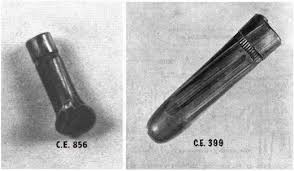
It was reasoned that if it could be demonstrated that this bullet (CE 399) could cause the most severe wound in Connally’s right wrist, it could logically be accepted that this bullet also inflicted the six lesser wounds on the two men.
Using Oswald’s Mannlicher-Carcano rifle and a matching bullet to CE 399, the FBI fired into the wrist of a cadaver (CE 856).
The wound inflicted on the cadaver’s wrist was eerily identical to the wrist wound sustained by Connally, showing a hole clean through the distal radius bone.
However, as CE 856 at left shows, the bullet from Oswald’s rifle fired into the wrist of a cadaver emerged completely squashed and misshapen.
The Warren Commission would have us believe that CE 399 used in the assassination not only caused a similar wound to the Governor’s right wrist, it caused six additional wounds, including another broken bone in Connally’s chest.
Furthermore, in doing so, CE 399 emerged from its seven-wound journey in pristine condition, losing only 2.4 grains of metallic substance at its nose.
Conversely, the bullet from the FBI test fired only into the wrist of a cadaver (CE 856) was squashed to almost half its size as shown above left!
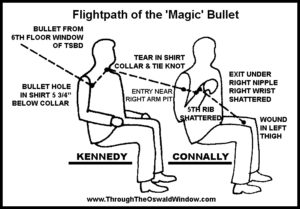
What did the Commission do with this finding that disproved the validity of the Single Bullet Theory?
It ignored this scientific evidence! Why?
If the Single Bullet Theory is not correct, then all the shots fired in Dealey Plaza could NOT have come from the so-called ‘Oswald’ window.
And that establishes at least two gunmen and a conspiracy to kill the President – unless, of course, you believe that two ‘lone’ gunmen ventured into Dealey Plaza that day, unknown to each other, and targeted the President.
Can you imagine what Mark Lane would have done with this ballistic test and the Single Bullet Theory before a jury?
There is a plethora of debatable ballistics evidence that would have been challenged in defense of Oswald at a public trial.
For instance, such scientific testing brings into question whether Oswald even fired his own rifle that day or if he was at the 6th floor southeast corner Book Depository window at 12:30 CST, all essential to his guilt or innocence.
However, with much of the ballistics evidence not supportive of a ‘lone’ assassin or proof of Oswald as an assassin, the Commission spent considerable time trying to make the medical evidence fit a ‘lone’ assassin scenario whereby they could point the finger at Oswald.
Accordingly, the balance of this report will address medical-related evidence that would have been highly contentious in a public courtroom.
- THE MYSTERIOUSLY MOVING BACK WOUND
As mentioned earlier, without the Single Bullet Theory being factually correct, the Warren Commission could NOT conclude that the assassination was the result of a ‘lone’ gunman (Oswald). Why?
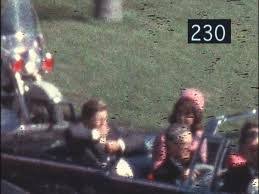
The Zapruder film shows Connally reacting to his non-fatal wounds only one second after Kennedy is seen reacting to the shot to his upper back.
So, what’s the problem?
The reaction of the two men occurs in less time than it takes to fire the Oswald rifle twice.
The FBI tested Oswald’s rifle and determined that it took a minimum 2.3 seconds to get off each shot. This presents only two possibilities:
1. Same Shot – The two men were hit by the same bullet (CE 399), which enables the Single Bullet Theory.
2. Simultaneous Shot – The two men were hit by separate shots fired almost simultaneously from two different locations, denoting a conspiracy.
To maintain that Oswald was the ‘lone’ gunman that day, guess which scenario the Commission adopted?
However, there was a big problem standing in the Commission’s way – the location of the bullet entry wound in the President’s back!
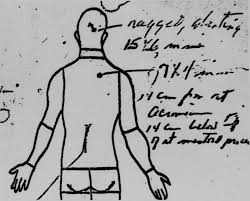
The official postmortem face sheet at right, prepared by autopsy surgeon J. Thornton Boswell, clearly shows and measures the entry wound in the back to be 5 ¾ inches below the collar line and one inch to right side of the spinal column.
As you will see, the precise location of the entry wound in Kennedy’s back is critical to the validity of the Single Bullet Theory.
In addition to the official autopsy face sheet, as verified by all three autopsy surgeons, the critical location of this upper back wound is confirmed by two other key sources:
* Secret Service Agent Clint Hill – At Parkland Hospital, agent Hill helped to remove the President’s clothing as he was en route to Trauma Room 1.
When Commission council William Ball asked Hill if he observed any wound on the President’s body other than the obvious head wound, Hill replied:
“Yes sir, I saw an opening in the back, about six inches below the neckline, to the right-hand side of the spinal column.”
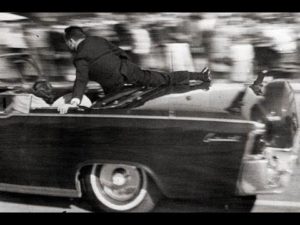
Simply put, the Warren Commission could not accept the reported location of this wound and still maintain that the bullet that struck JFK at this location went on to strike Connally in his back and cause all of his non-lethal wounds.
What was the dilemma?
Despite much evidence that also would have been hotly contested at a public trial, the Commission concluded that the bullet that first hit Kennedy exited his throat just below the Adam’s apple and went on to strike Connally in the back near his right armpit, causing all the non-fatal wounds on the two men.
This is improbable because the entry wound in Kennedy’s upper back, coming from above and behind him, is several inches lower on the body than the point of exit at the throat!
* FBI Autopsy Report – Not only does the autopsy report fail to produce evidence of the bullet deflecting upward inside JFK’s body to show passage to the throat, the FBI report by Special Agents James Sibert and Francis O’Neil, present at the autopsy to record the findings of the surgeons and retrieve physical evidence such as bullets or fragments, reveals this stunner:
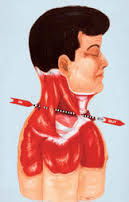
“Further probing by Dr. Humes (of the upper back wound) determined that the distance traveled by this missile was a short distance inasmuch as the end of the opening could be felt with the finger.”
What? This bullet didn’t even exit the President’s body?
If true, the Single Bullet Theory and the ‘lone’ gunman theory are both impossible!
How did the Warren Commission react to this troublesome development?
Without producing a shred of evidence, the Commission brazenly moved the back wound UP almost six inches to show an entry wound in the back of the neck that was now higher than the ‘assumed exit wound’ at the base of the throat – exactly what was required for the Single Bullet Theory to be viable.
They then produced a schematic drawing by naval medical illustrator Harold Rydberg (at right) to show an entry wound at the base of the neck that contravenes the testimony of agent Hill, the two autopsy surgeons and the official autopsy report.
Despite this diagram, the government panel could not explain how this bullet somehow deflected up inside Kennedy’s body toward the throat, exited the throat at an ‘upward’ trajectory and then remarkably made a sudden ‘downward’ turn in mid-air in order to find Connally’s back near his right armpit.
Moving the entry wound from the upper back to the base of the neck was the only way the Commission could produce a bullet trajectory that would enable the Single Bullet Theory to be presented as fact.
3. ENTRY WOUND VERSUS EXIT WOUND
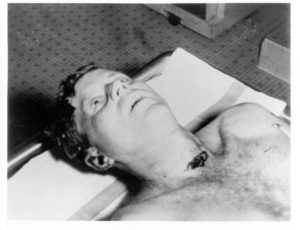
In a desperate attempt to find any evidence that would make the Single Bullet Theory plausible, the Commission directed the FBI to conduct another ballistic test based on this problematic discovery:
At Parkland Hospital, Dr. Malcolm Perry was the first physician to treat President Kennedy, performing a routine tracheal incision in the throat just below the Adam’s apple in an effort to stabilize the patient’s labored breathing.
In doing so, Dr. Perry used as the point of incision a small circular puncture wound on Kennedy’s throat, thus obliterating this wound as shown in the autopsy photo at left.
This gave the Warren Commission license to claim this throat wound as the point of exit for bullet (CE 399) that went on to strike Governor Connally.
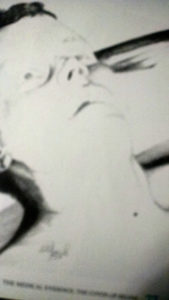
It did so despite the autopsy finding by Dr. Humes, as confirmed by the FBI autopsy report, that the bullet that hit JFK in the upper back “did not transit the body.”
Dr. Perry, the only physician to observe the throat wound, caused the Commission another problem that had to be dealt with:
In his testimony before the Commission, Dr. Perry described the throat wound as small and circular, about the diameter of a pencil. This is smaller than the entry wound in Kennedy’s back, measured by the autopsy surgeons to be 4×7 mm in diameter.
To Dr. Perry’s chagrin, the Warren Commission used his verbal description of the throat wound to declare it one of exit, thus enabling the Single Bullet Theory.
However, in a letter to this 16-year-old researcher in 1968, Dr. Perry notes:
“I could not state that the neck wound was either entrance or exit,” inferring his surprise that the Commission decided the nature of the wound for him despite any semblance of evidence to support the key finding.
To illustrate the viability of the throat wound as a point of exit, the Commission needed an FBI ballistic test to show that Oswald’s rifle and ammunition could produce an exit wound that could be smaller than the entry wound in Kennedy’s upper back.
Using Oswald’s rifle and identical ammunition, the FBI test fired into goat flesh to simulate human flesh.
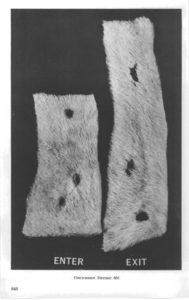
Unfortunately, this test (CE 850) established that bullet exit wounds were consistently ‘almost twice the size’ as bullet entry holes.
Despite this test result, the Warren Commission maintained its position that the smaller wound that Dr. Perry observed and destroyed was the point of exit for the bullet that went on to cause all the wounds on Connally, thus preserving its ‘Single Bullet Theory’ and its ‘lone’ gunman conclusion.
We have to ask if the 12 jurors in a public trial would have been unswayed by this test result as were the seven members of the Warren Commission.
4. IGNORING MEDICAL EXPERTS AND MISREPRESENTING THE JFK HEAD WOUND!
When the 26 volumes of the Warren Report and the 888-page summary edition was released in late 1964, the Commission rightly sparred the American public of having to see the morbid photos of President Kennedy’s autopsy.
Instead, the Commission tasked Naval Corpsman Harold Rydberg, an expert medical illustrator, to more tastefully depict the wounds suffered by the nation’s 35th President.
What was thought to be good intentions by the government panel turned out to be its most egregious attempt to misrepresent the medical evidence to present its case of a ‘lone’ assassin named Lee Harvey Oswald.
To backtrack momentarily, these three Rydberg illustrations were presented in the Warren Report to definitively show the pathway of the ‘single bullet’ that went through Kennedy’s neck and went on to hit Connally.

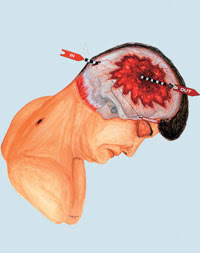
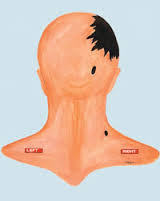
There is no supporting evidence that such an entry wound in the back of JFK’s neck ever existed.
Although all related evidence pinpoints the entry wound to be almost six inches lower in the upper back, the Commission countered this problem by presenting this schematic drawing as factually correct, ignoring all evidence to the contrary.
ABOVE THE NECK DECEPTION!
Yet another quandary facing the Warren Commission was the fatal head wound sustained by the President.
It was imperative that JFK be shown to have received his lethal head wound consistent with a shot coming from above and behind him (see middle diagram above) because the Commission placed Oswald, the ‘lone’ shooter, in the Book Depository 6th floor southeast corner window.
Even though both the Zapruder and Orville Nix films show JFK’s head movement as a result of the fatal projectile to be consistent with a shot coming from the right-front of the car, the Commission got around that by not publishing any photos of the assassination beyond the point of impact, thus suppressing the resulting head movement.
Again, this is where medical illustrator Harold Rydberg unwittingly plays a pivotal role. His drawing (CE 388 above middle) is used to depict a bullet entry wound at the rear crown area of the head and an explosive exit wound at the right side of the skull above the ear.
The drawing obviously suggests a shot coming from the rear, which is what the American public had been told and believed happened for 12 years following the assassination. People had no idea that Kennedy’s head had been violently thrust ‘backward’ by the kill shot until they saw the complete Zapruder film such as frame 321 below left.
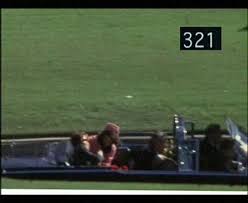
When the full Zapruder film was seen for the first time in 1975 on Geraldo Rivera’s Good Night America show on ABC TV, people got their first inkling that they had been lied to by their own government, just like Watergate three years earlier.
Another article on this author’s website describes how Rydberg was deceived by the Commission into drawing inaccurate representations of the President’s wounds and how he unsuccessfully spent his entire life trying to correct his work.
Rydberg went to his grave in July of 2017 claiming that all three of his drawings did not accurately reflect the nature of the wounds on President Kennedy.
As well as Rydberg’s self-admitted erroneous depiction of the deadly JFK head wound, there is no other evidence to suggest an entry wound in the rear crown area of the skull or a fist-sized exit wound at the side of the head above the right ear.
Instead, there is persuasive evidence in support of an entry wound above the right ear and a fist-sized blow-out wound in the right rear occipital region of the skull, such as:
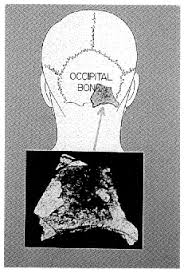
THE HARPER FRAGMENT
A sizeable piece of the President’s skull, forensically identified as having come from the occipital region, was found by Bill Harper in Dealey Plaza after the shooting and turned over to investigators at the scene. Harper was standing on the grass that divides Main Street and Elm Street.
Given Harper’s position in Dealey Plaza, as well as the precise location of the President’s limousine on Elm Street at the time of the fatal head shot, we are able to determine that the piece of skull flew back and to the right a distance of some 30 feet as a result of the head shot.
This strongly suggests a shot from the right-front that could not have struck Kennedy in the rear of the skull as claimed in the Warren Report via the Rydberg diagram.
ACTUAL AUTOPSY PHOTOS
The original autopsy photos remain under lock and key in the National Archives in Washington. They are viewable by limited government officials and qualified forensic experts approved by the government.
For instance, Harold Rydberg was never allowed to see any autopsy photos, from the time he did his drawings four months after the assassination based on verbal descriptions until his death following his lifelong effort to correct his work.
Two highly respected forensic scientists have viewed the actual autopsy photographs and both say they show a large exit wound in the right rear occipital region of the President’s skull.
Forensic pathologist Dr. Cyril Wecht, noted for his expertise in the JFK assassination, the killing of JonBonet Ramsey and other high profile crimes, has studied the original photos and confirms the exit wound at the right rear of the skull.
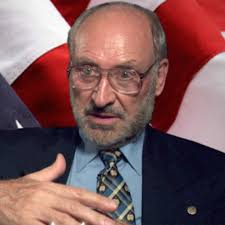
Dr. Wecht’s observation is confirmed by Dr. David Mantik (MD, PhD), the respected radiation oncologist specifically qualified to analyze the x-rays in the National Archives.
First, Dr. Mantik seconds the observations of Dr. Wecht and other medical experts, calling all the Rydberg drawings above “inaccurate representations of the President’s wounds” based on him viewing the actual autopsy photographs and x-rays.
More specifically, Dr. Mantik was the first medical scientist to apply the technology of optical densitometry to the autopsy x-rays, which he asserts establishes that President Kennedy received more than one bullet to his head.
Recently, Dr. Mantik conducted a survey of the physical and medical evidence among experts and researchers, including yours truly, which will soon be presented and discussed on this site.
The independent observations of the archival JFK medical evidence by Dr. Mantik and Dr. Wecht give credibility to Rydberg’s claim that he was duped by the Warren Commission into crafting false representations of Mr. Kennedy’s wounds.
MULTIPLE MEDICAL EXPERT WITNESSES
Thanks mainly to the work of fellow JFK assassination researcher and author Robert Groden, we have on record the eyewitness accounts of no less than 12 medical experts who saw the President’s body at Parkland Hospital.
These doctors, nurses and trauma room attendants viewed the President’s body and ALL of them report seeing a large fist-sized blow-out type of wound at the right rear occipital region of President Kennedy’s head.
Among these expert witnesses was Dr. Robert McClelland, at the time Chief of Neurosurgery at Parkland Hospital who personally treated hundreds of head trauma injuries during his distinguished career.
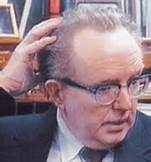
Like his colleagues, Dr. McClelland has repeatedly said that he saw one exit wound on the President’s head, located as he demonstrates in the Groden photo at right.
Several of these obviously credible witnesses were never interviewed by the Warren Commission. Is it merely a coincidence that all of these medical experts would have provided evidence to suggest the lethal head shot came from the front of the limousine?
Dr. McClelland is the only one of these medical experts to appear before the Warren Commission. His observation of the President’s head wounds was either overlooked or ignored and suppressed by the Commission in order to preserve its ‘lone’ gunman conclusion in its report.
There is an even more telling aspect of the expert medical witnesses that support an exit wound at the back of the President’s head.
No medical professional at Parkland Hospital who viewed Mr. Kennedy’s body has ever testified to seeing an exit wound above the right ear as depicted in Rydberg’s schematic drawing, presented by the Warren Commission as a factually correct representation of President Kennedy’s head wound.
Can you imagine if these medical professionals had testified as to what they saw before a jury at a public trial of Lee Harvey Oswald?
Of the mountain of reasonable doubt that could have been presented at a public trial for the assassination of JFK, even if these four examples wouldn’t have acquitted Oswald, they would have helped to establish that there had to be more than one assassin that terrible day in Dallas that changed history forever.
